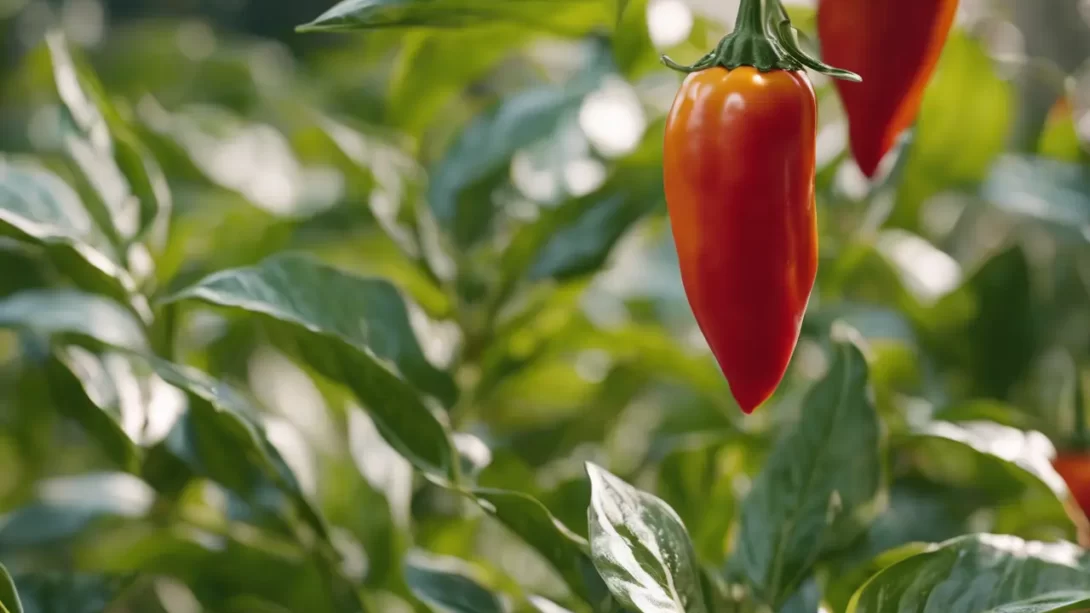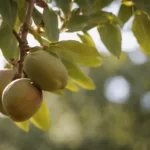Pepper plants, belonging to the Capsicum genus, are a diverse group of plants that play a crucial role in both culinary and gardening spheres. A fundamental aspect of understanding their cultivation is the concept of self-pollination. This article delves into whether pepper plants are self-pollinating, the process involved, and its implications for gardeners and farmers.
Pepper Plant Biology
The anatomy of pepper plants, particularly their flowers, is key to understanding their pollination. Pepper flowers are typically perfect, meaning they contain both male (stamen) and female (pistil) reproductive organs. This biological setup is crucial in determining a plant’s pollination strategy.
In the realm of plant reproduction, self-pollinating plants have the ability to fertilize themselves, while cross-pollinating plants require external agents, like insects or wind, for fertilization. Pepper plants are generally considered self-compatible, meaning they have the potential to pollinate their own flowers.
The Self-Pollination Process in Peppers
Self-pollination in pepper plants occurs when pollen from the anthers (the male reproductive part) falls directly onto the stigma (the female receptive part) of the same flower. This process is facilitated by the physical structure of the flower, where the anthers and stigma are positioned close to each other.
Environmental conditions play a significant role in the efficiency of self-pollination. For instance, high humidity can affect pollen viability and transfer. Nonetheless, in optimal conditions, self-pollination occurs quite effectively in pepper plants, making them a reliable choice for gardeners and farmers.
Benefits of Self-Pollination in Pepper Plants
One of the main advantages of self-pollination in pepper plants is the assurance of fruit production, even in the absence of external pollinators. This trait is particularly beneficial in controlled environments like greenhouses or urban settings where natural pollinators might be scarce. Self-pollinating plants are more predictable in their fruiting, as they do not rely on the variable presence of insects or other pollinating agents.
Additionally, self-pollination allows for the preservation of specific genetic traits within a pepper variety. For gardeners interested in maintaining the purity of a particular pepper strain, self-pollination ensures that the offspring will be true to type, inheriting the same characteristics as the parent plant.
Limitations and Challenges of Self-Pollination
While self-pollination offers certain benefits, it also comes with limitations. The primary drawback is the potential for reduced genetic diversity. In nature, cross-pollination introduces genetic variation, which can lead to stronger, more resilient plants. Over time, exclusively self-pollinating pepper plants may become more susceptible to diseases and pests due to this lack of genetic diversity.
In some cases, environmental factors such as temperature extremes or improper humidity levels can hinder the self-pollination process in peppers. Under such conditions, the pollen may not be viable or the physical transfer of pollen might be impeded, leading to poor fruit set.
Role of External Pollinators in Pepper Production
Despite being self-pollinating, pepper plants can still benefit from the activity of external pollinators. Bees, other insects, and even wind can aid in cross-pollination, contributing to genetic diversity within the crop. This external pollination can result in more vigorous plants and, in some cases, larger yields.
Cross-pollination is especially important for gardeners who are experimenting with new pepper varieties or are interested in plant breeding. By allowing natural pollinators to assist in the pollination process, there is an opportunity for the creation of new pepper hybrids with unique traits.
Enhancing Pollination in Pepper Gardens
To maximize the success of pepper cultivation, gardeners can adopt various strategies to enhance pollination. Ensuring a garden-friendly environment that attracts natural pollinators is one approach. Planting a diversity of flowers can draw bees and other beneficial insects, indirectly aiding in the pollination of pepper plants.
Proper garden maintenance is also crucial. Adequate spacing between plants, ensuring sufficient sunlight, and maintaining optimal soil moisture levels can improve the overall health of the pepper plants, thereby enhancing their ability to self-pollinate and set fruit.
For gardeners facing low natural pollinator activity or growing peppers in isolated environments, manual pollination is a practical solution. This can be done by gently shaking the pepper plants to mimic the action of wind or by using a small brush to transfer pollen from the anthers to the stigma of the flowers. This technique can significantly increase the chances of successful pollination and fruit set.
The Importance of Pollination Awareness
Understanding the pollination process of pepper plants is not just a matter of academic interest; it has practical implications for gardeners and farmers. Awareness of how peppers pollinate helps in selecting the right varieties for specific growing conditions and in implementing the best practices for successful cultivation.
This knowledge also highlights the importance of preserving natural pollinator populations. Even for self-pollinating plants like peppers, a biodiverse ecosystem with a healthy population of pollinators can contribute to more robust and productive gardens.
Conclusion
In conclusion, while pepper plants are predominantly self-pollinating, they can still benefit from cross-pollination through natural or manual means. The self-pollination capability of peppers makes them a versatile choice for various gardening scenarios, but understanding the role and benefits of cross-pollination can lead to even more successful pepper cultivation. By combining knowledge of pepper plant biology with practical gardening techniques, gardeners can maximize their harvest and enjoy the rich variety of peppers available.



